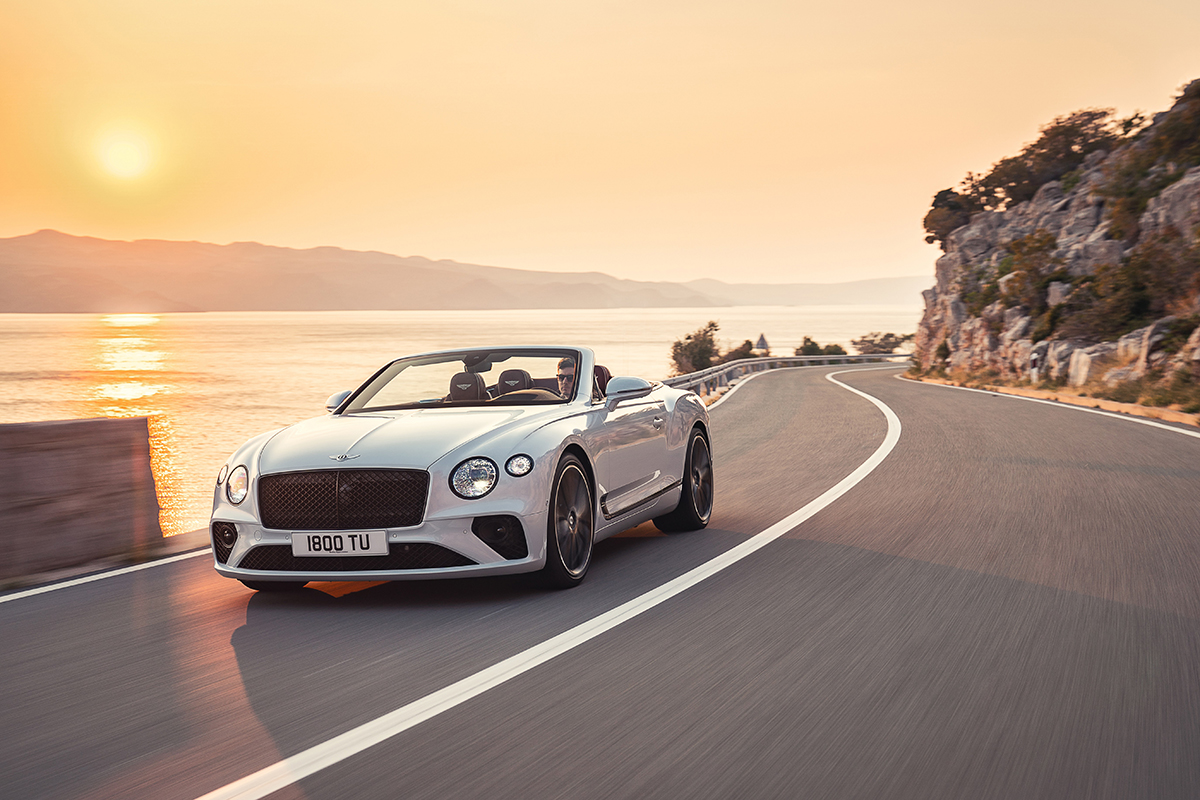
Bentley’s third generation Continental has the lot – power, handling, looks, and even a rotating display next to the dashboard
In the third and final of our supercar reviews, LUX sits at the cockpit of another super fast convertible: the Bentley Continental GTC W12
It used to be said that sitting in a Bentley was like sitting in the drawing room of a Downton Abbey-style British country house. Wood panelling, tastefully muted colours, and probably a butler with a silver tray of slightly stale sherry lurking on the back seat.
That market for Bentleys has largely died out, and, under the aegis of its German owners (the Volkswagen group), the august British company has undergone one of the most successful brand transformations in the history of the luxury industry.
Follow LUX on Instagram: luxthemagazine
If you doubt that, just sit in the cockpit of the new Bentley Continental GTC. I did, and found myself clutching a thick, two-tone steering wheel in black and cream. All around me were acres of quilted leather, more trapezoids than I could care to count, on the seats, and inside the doors. Above the leather on the doors, black lacquered piano would give it an oriental feel, above which was beautifully burnished British walnut wood. The fusion of colours and textures extended across the whole interior, and in between me and my passenger was the most lavish centre console I have ever come across, bursting with polished buttons, dials, and traditional looking air vents; all is as beautifully put together as a Swiss watch.
The positioning of this car is perfect: to the new generation of young, swanky drivers, as likely to be wearing a Hublot or Richard Mille as a Patek Philippe the previous generation has taken care of for you, it looks contemporary, super chic, but still has a nod to its heritage.
And to those who have always driven Bentleys – hey, what’s not to like?
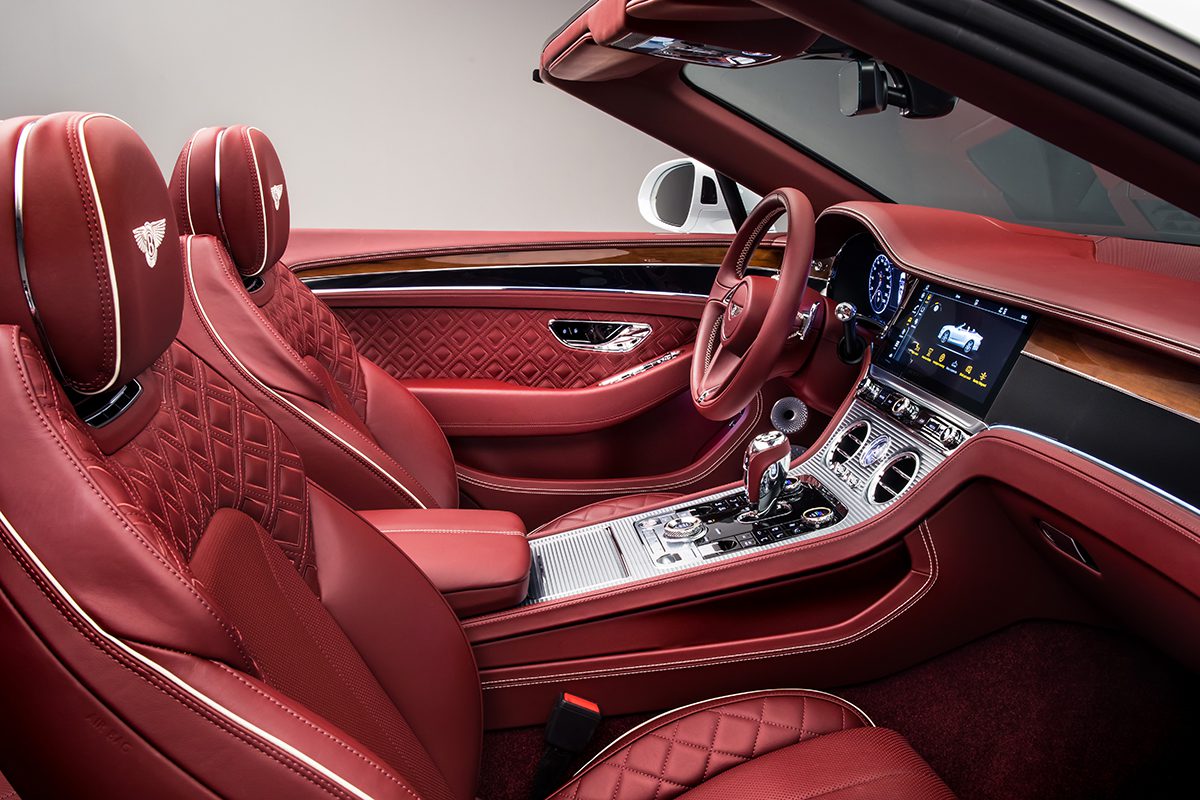
We drove the top-of-the-range 12-cylinder convertible version, and the roof zips down in a few seconds leaving you and up to three passengers exposed to the sea breeze in Malibu, Monaco, Mayfair, Macau or wherever. The car sounds wonderful, in a deep, long, slightly rheumy way: it’s somewhere in between being fierce, like a Ferrari, and silent, like a Mercedes.
Click the switch into comfort mode and it lopes along happily, but move the dial into sport mode and the car tightens up and feels like it really wants to go and play. This is a big, heavy, powerful car, not a sports car, but it is immensely fun to drive. It changes direction faithfully – better than its predecessors, which always felt a little bit heavy – communicates well, flies along as it gets going, and is generally a hoot.
Along very tight, twisty country lanes – ironically, down which many traditional Bentley owners will live – you do start to feel its size, and width. But that’s part of the Bentley experience, as you imperiously wave at other vehicles to get out of your road.
Read more: Behind the wheel of the world’s most powerful supercars part two
On more open roads, it feels perfect, wailing its way up through its revs, always smooth, never harsh or unsettled. Its four-wheel drive ensures you always feel safe, and can power out the roundabouts, even wet ones, at comical speeds. And in a straight line, it never slows down. With a top speed of over 200mph, this is the fastest convertible in the world. Just warn your passenger not to get an expensive hair makeover before you try that.
But like any Bentley, its beauty is that it is not just here to be driven hard. You can spend your life pootling around and still enjoy the car’s many assets, most notably its beautifully appointed interior, its general presence and feel. It’s as easy to drive in town as it is down the highway – particularly if you don’t live in a town with very narrow streets. The only minor flaw we could find was that very wide centre console with all its gadgets impinged slightly on knee room for the driver and the passenger. But that just made it feel even more like sitting in the first-class seat of an international airline. Not that most owners would know what that feels like – and the Continental’s interior quality is certainly up to private jet level. We like. A lot.
LUX Rating: 18.5/20
Find out more: bentleymotors.com
This article was originally published in the Spring 2020 Issue.







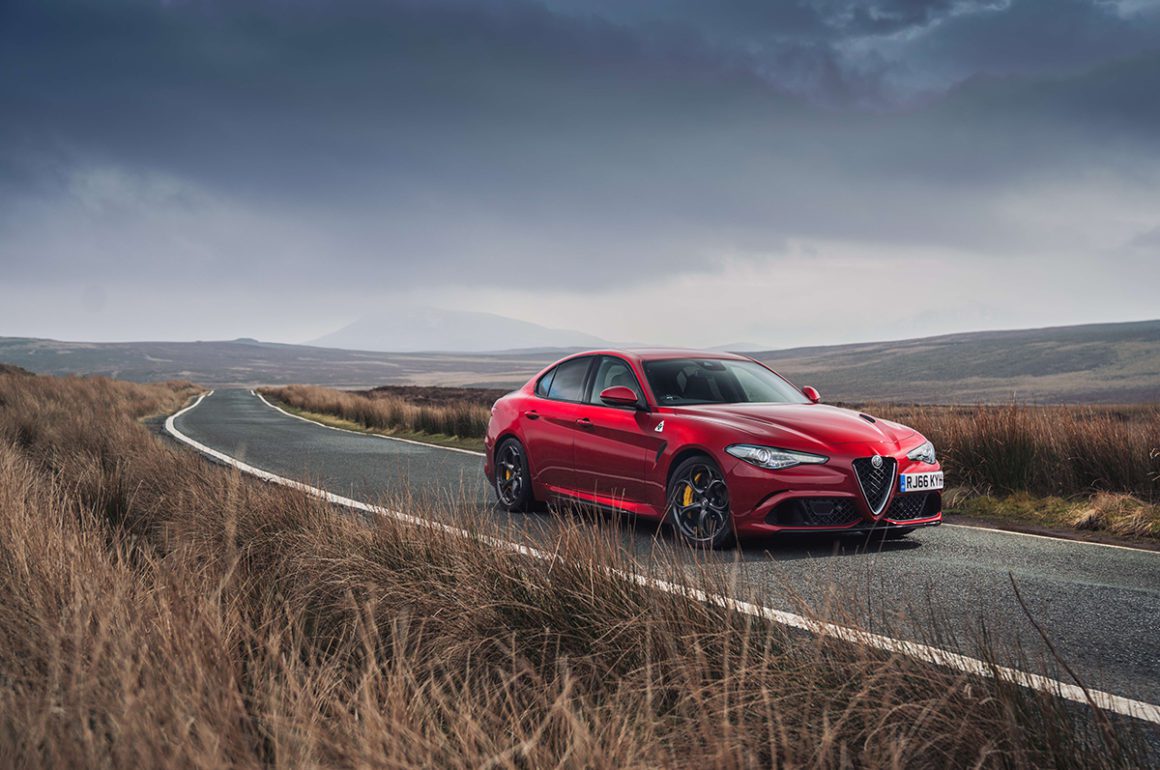

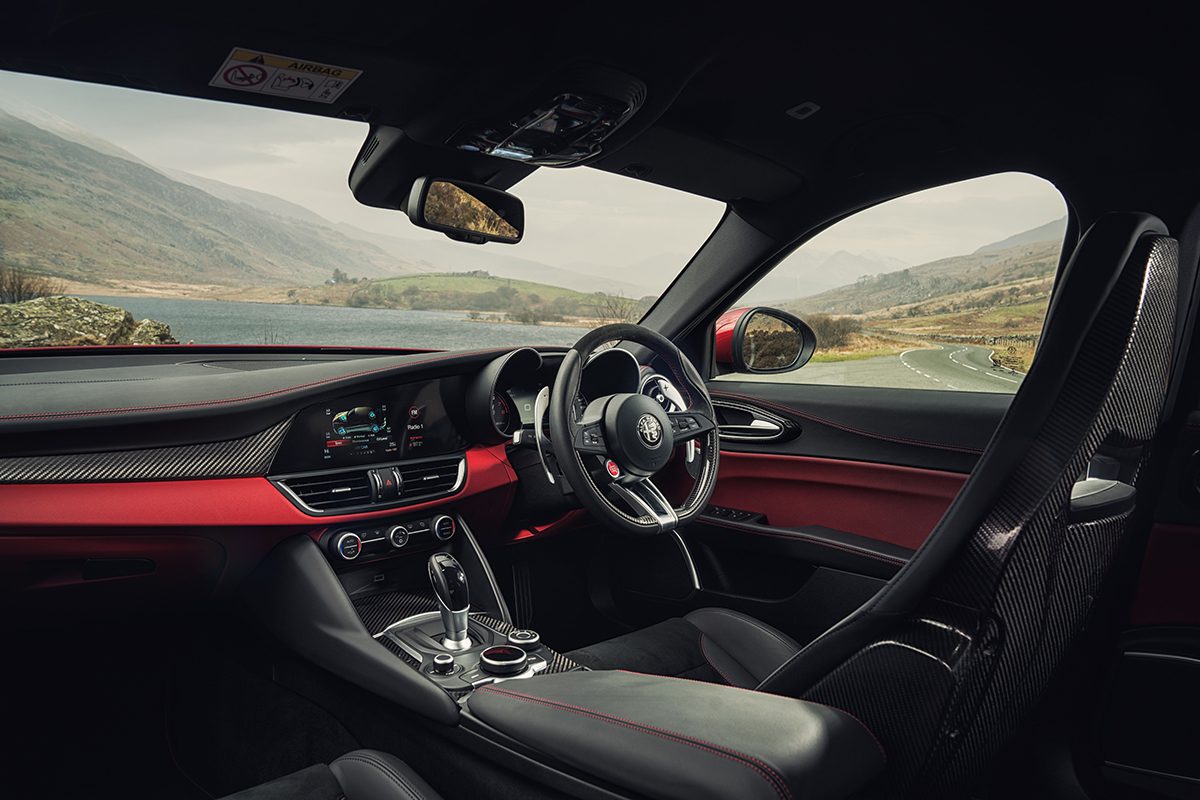
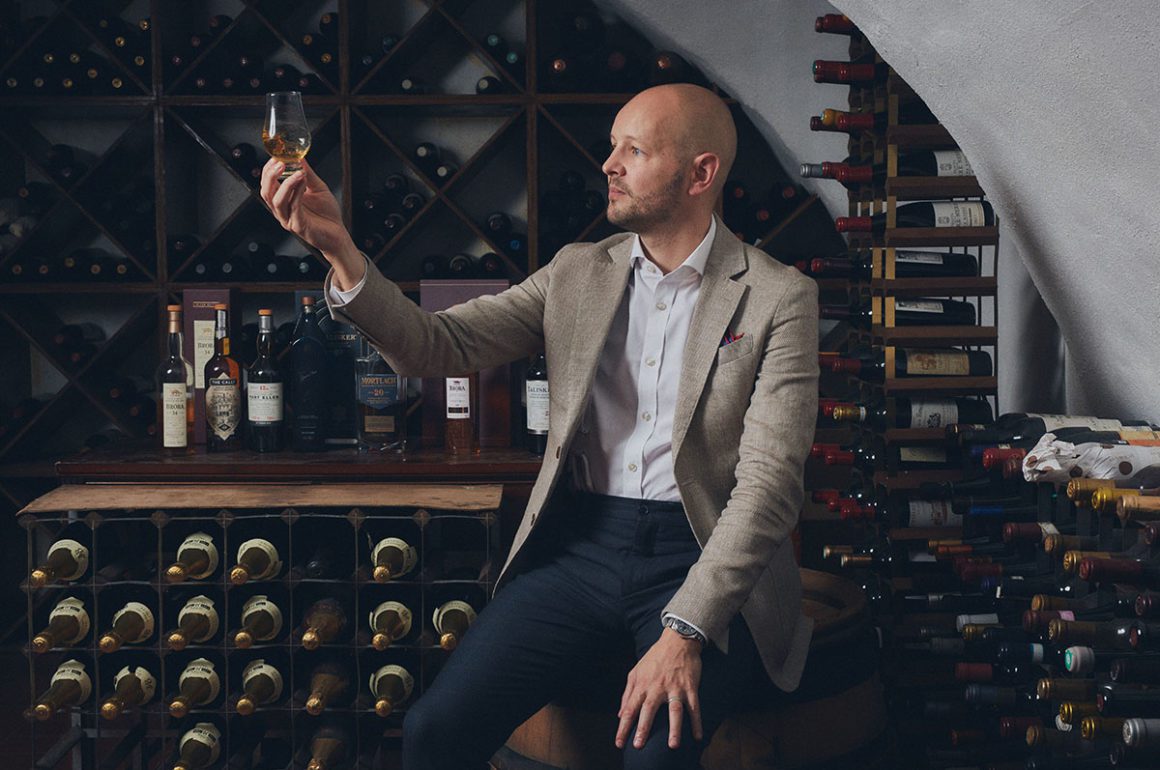
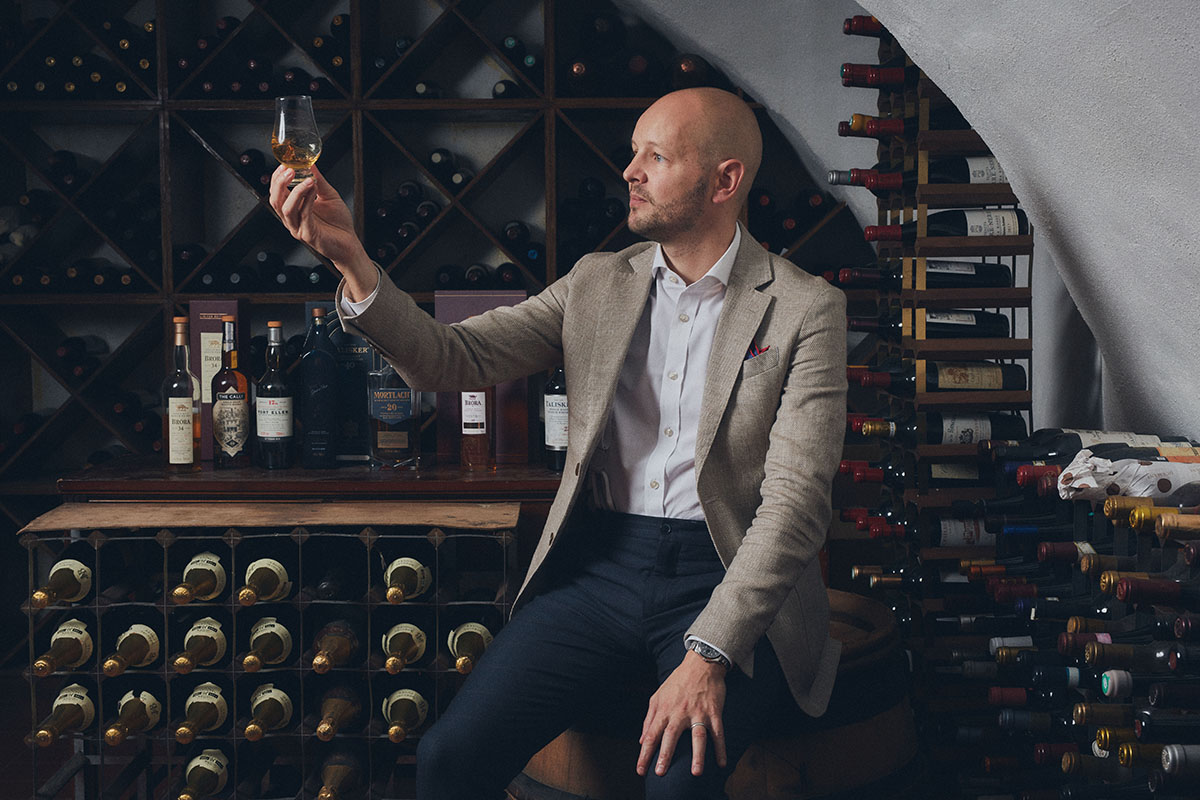
 For first-time drinkers: Johnnie Walker, Blue Label, Ghost & Rare, Glenury Royal Edition
For first-time drinkers: Johnnie Walker, Blue Label, Ghost & Rare, Glenury Royal Edition For whisky connoisseurs: Brora 40-Year-Old 200th Anniversary Limited Edition
For whisky connoisseurs: Brora 40-Year-Old 200th Anniversary Limited Edition Lagavulin, 12-Year-Old, Islay, 2019 Release
Lagavulin, 12-Year-Old, Islay, 2019 Release To give as a gift: Johnnie Walker, Blue Label, Ghost & Rare, Port Ellen Edition
To give as a gift: Johnnie Walker, Blue Label, Ghost & Rare, Port Ellen Edition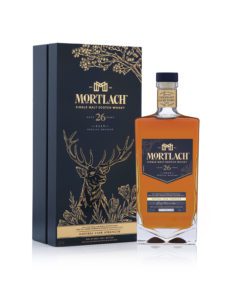 Year-Old, Speyside, 2019 Release
Year-Old, Speyside, 2019 Release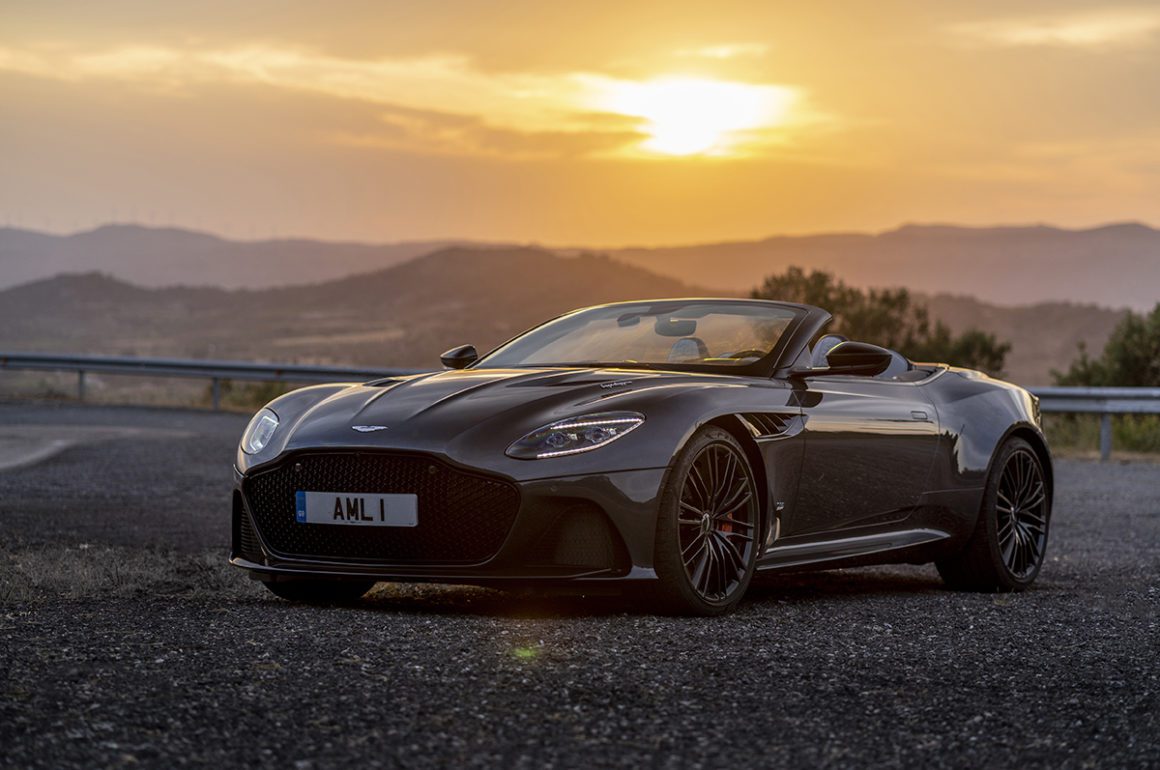
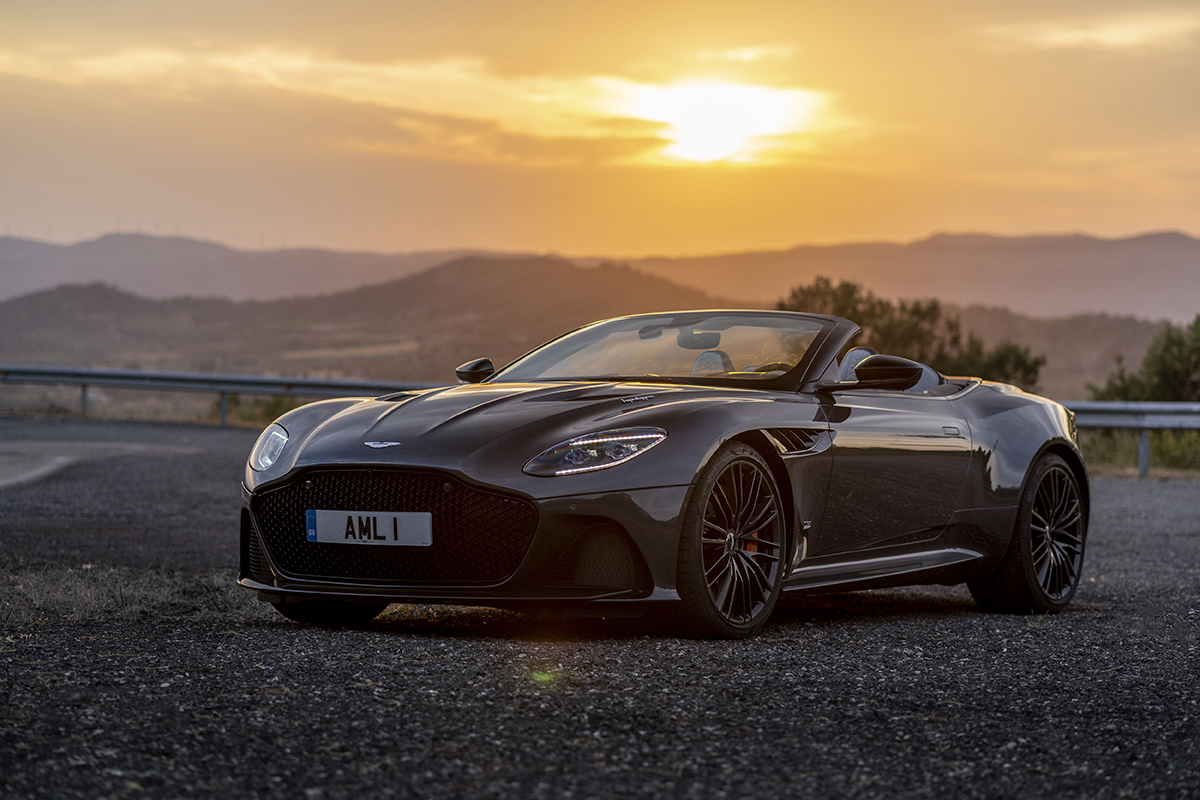
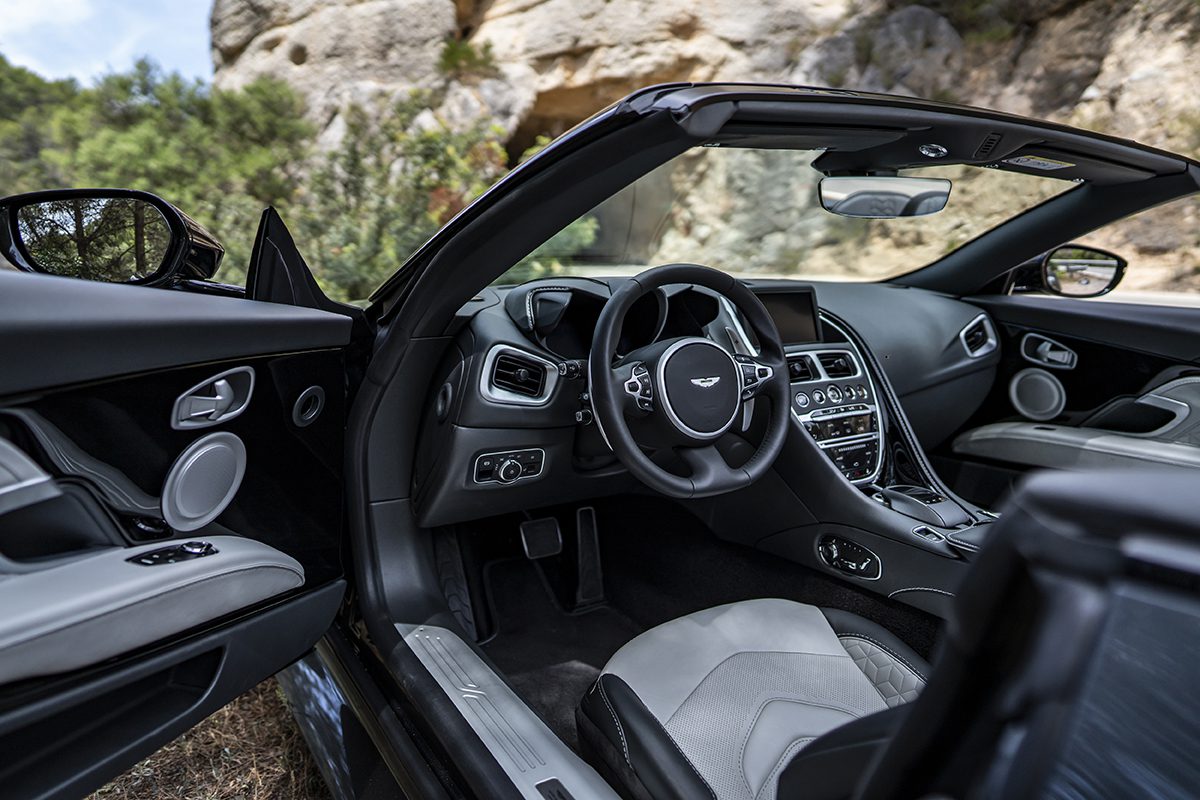
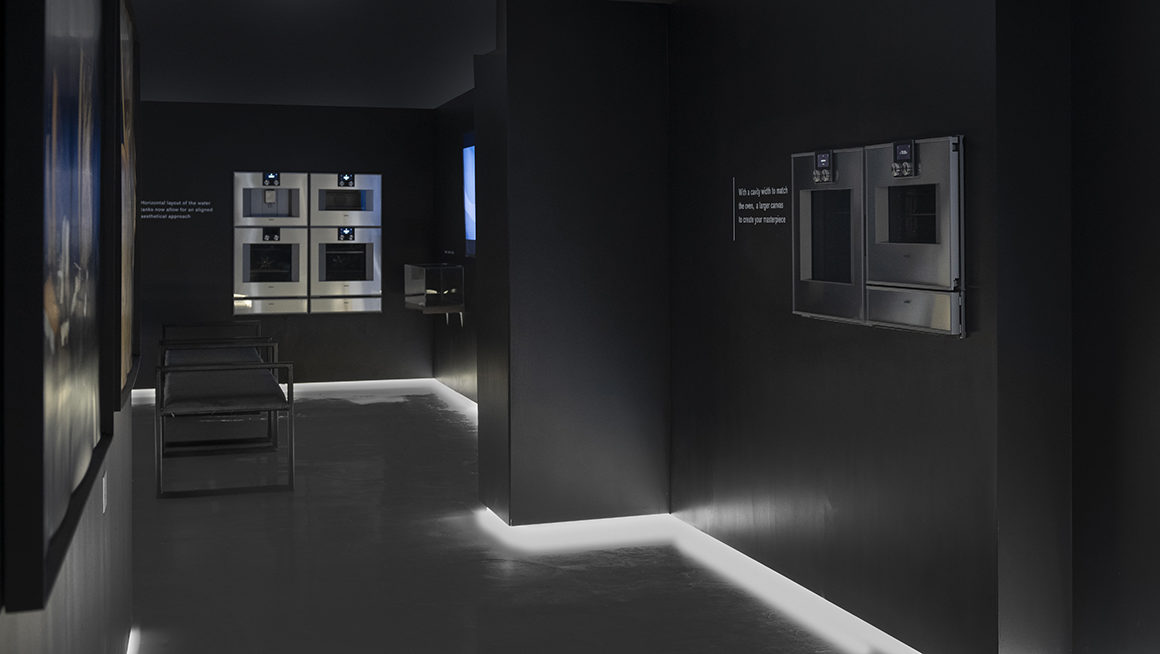
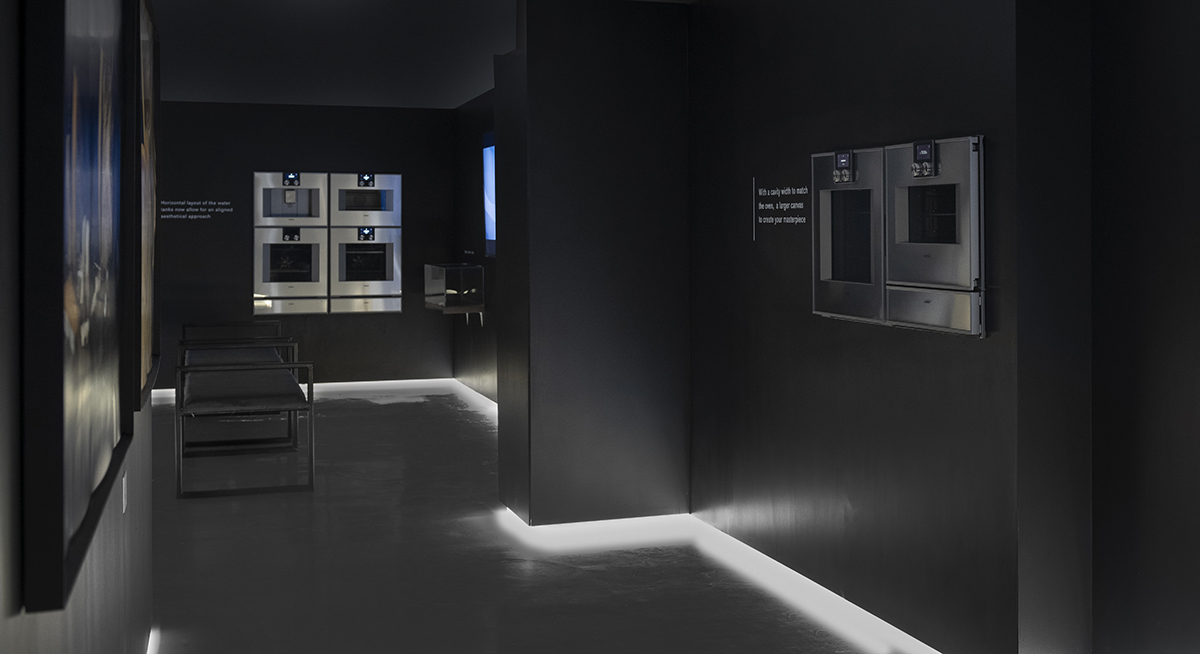
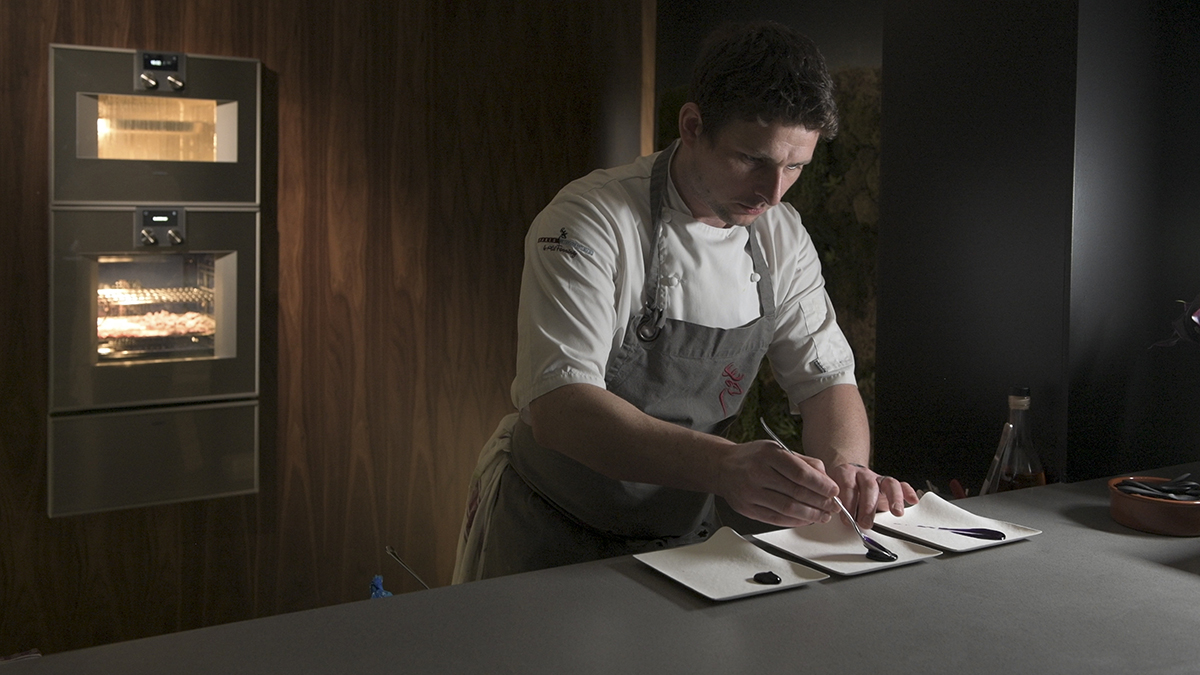
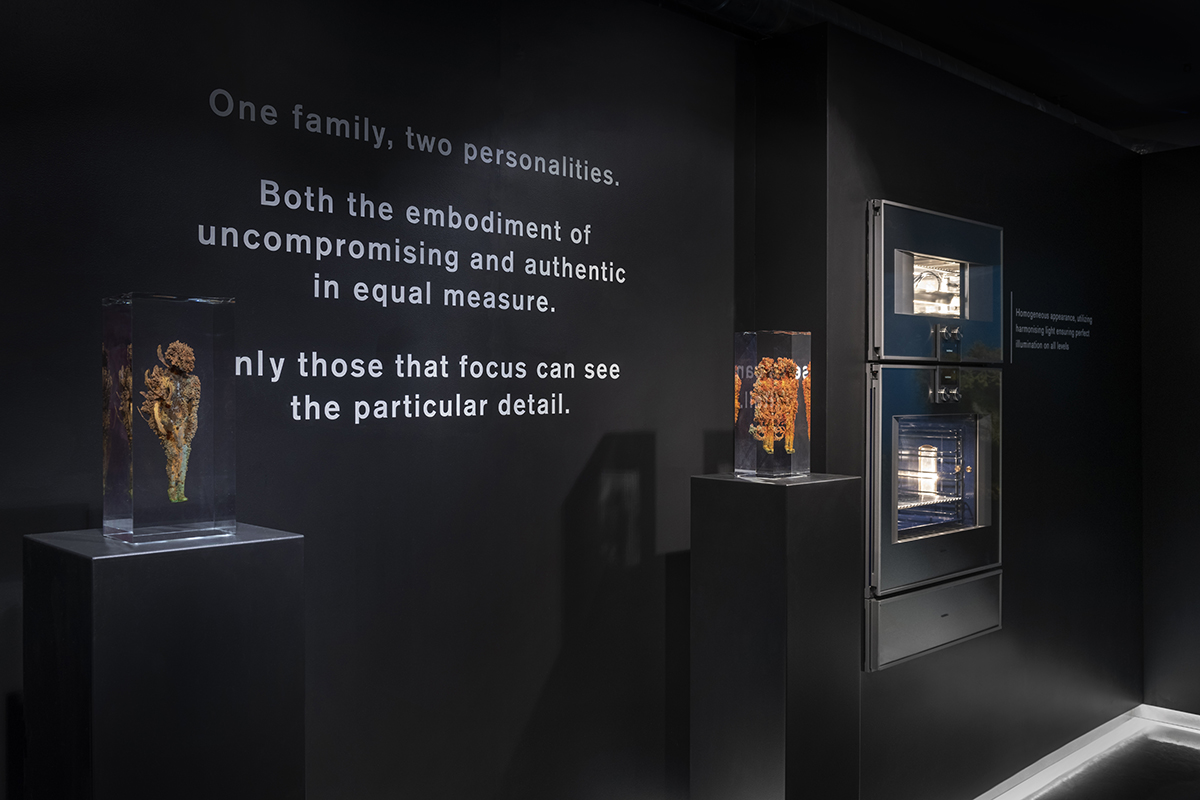
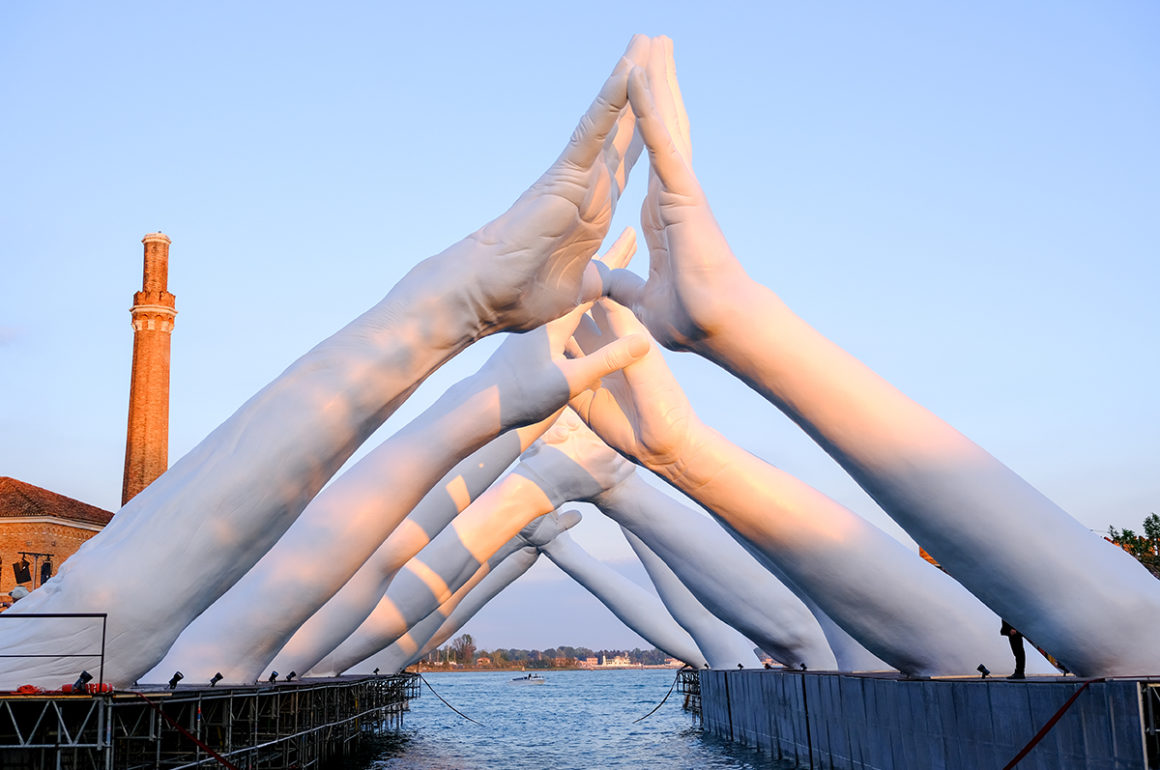
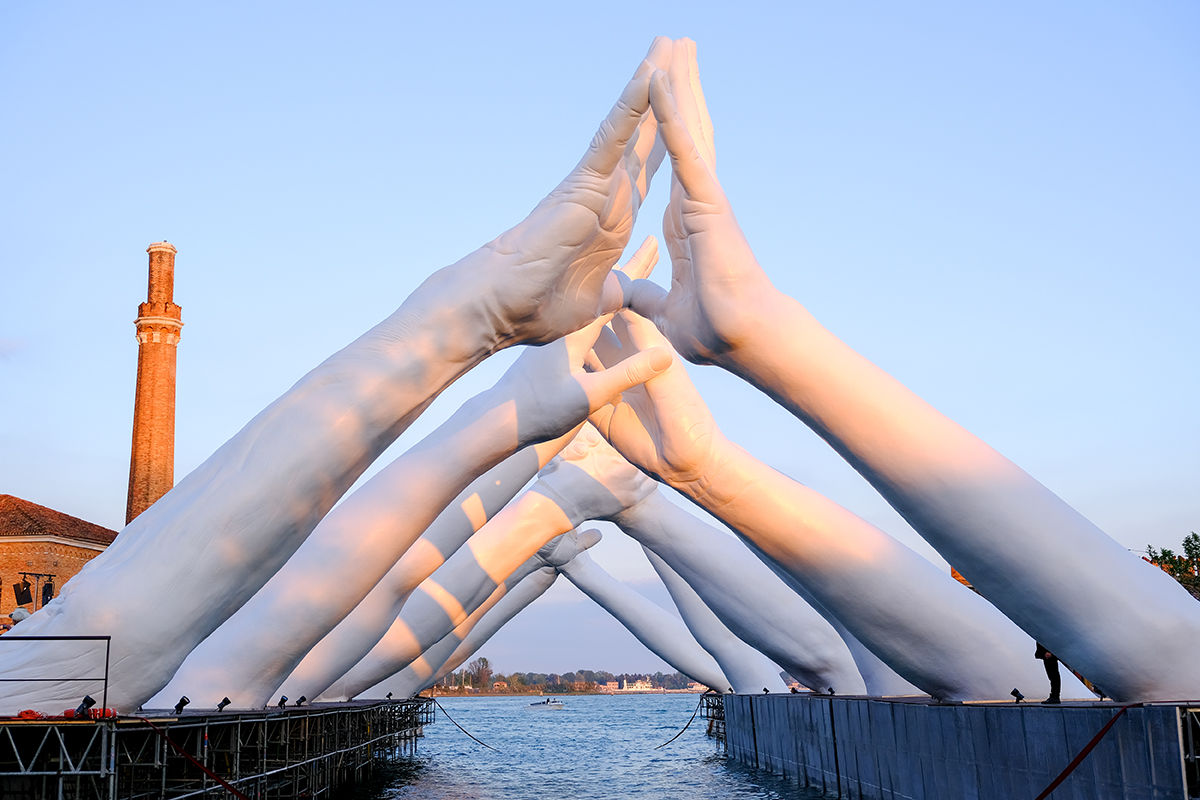
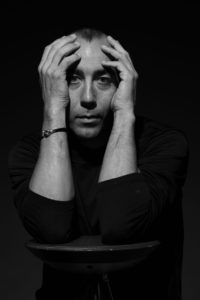
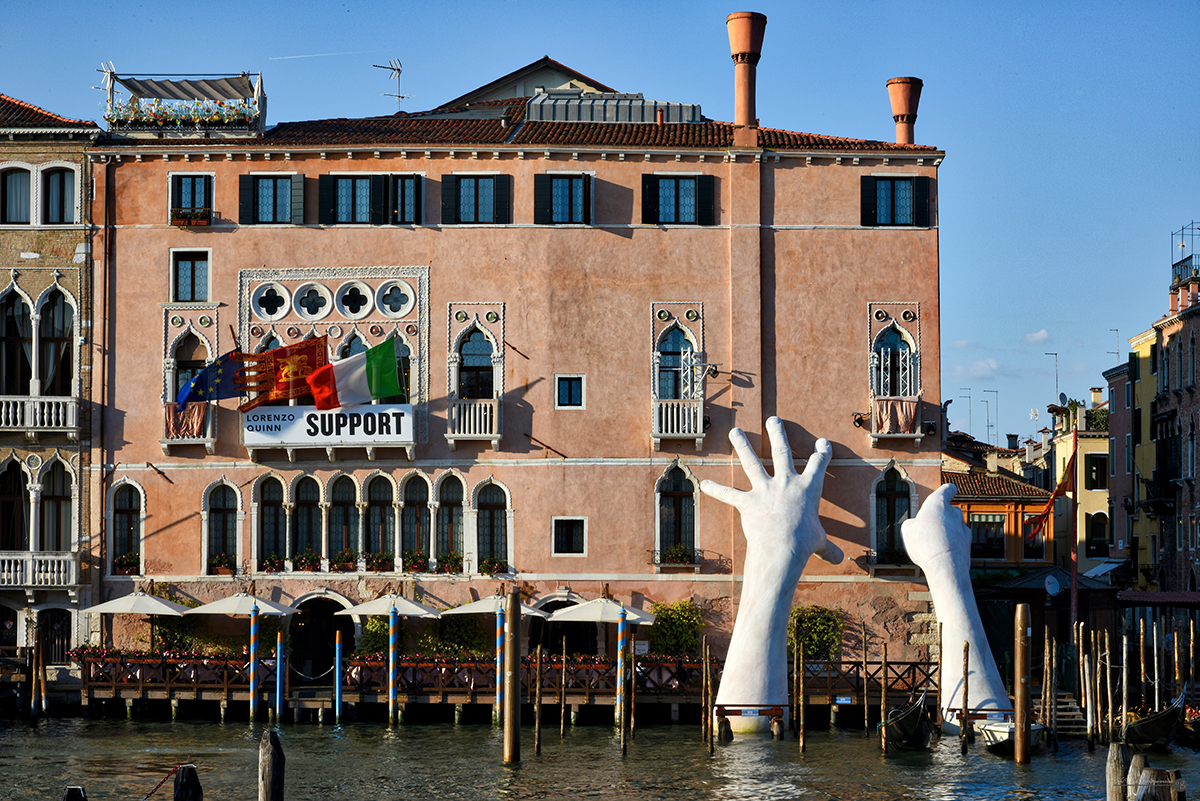
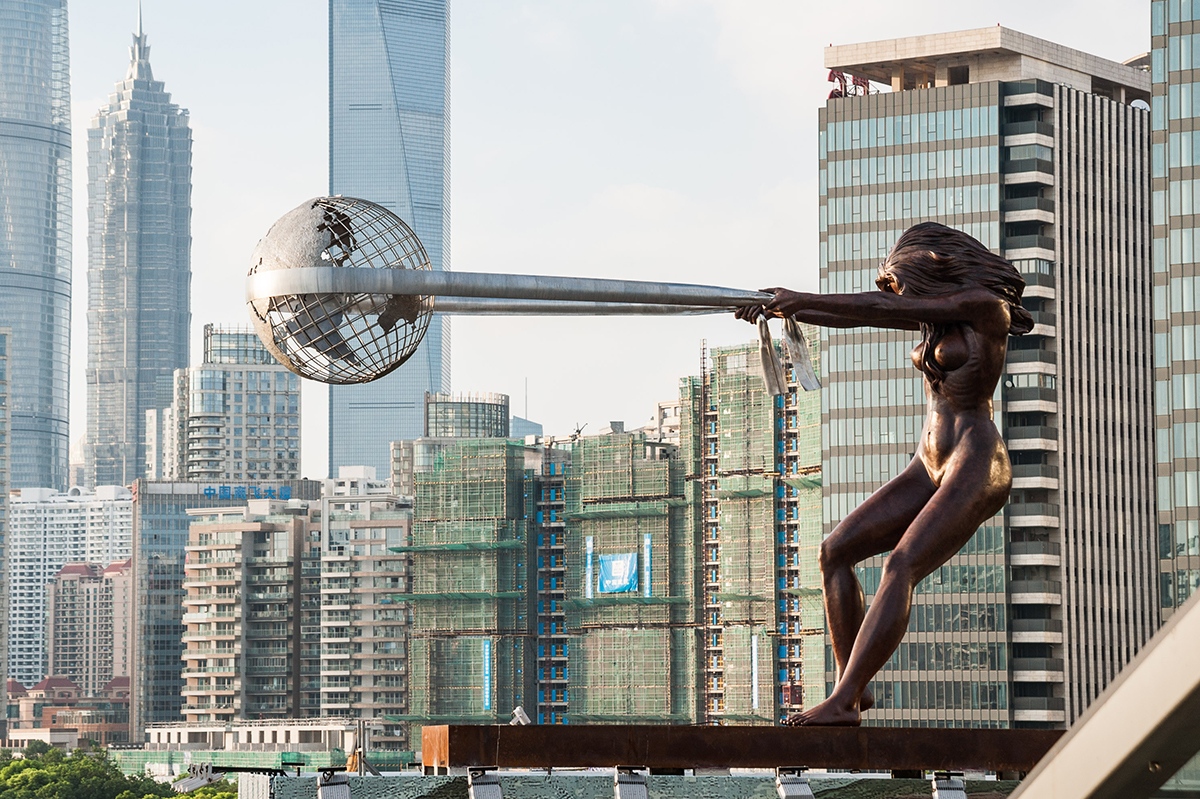
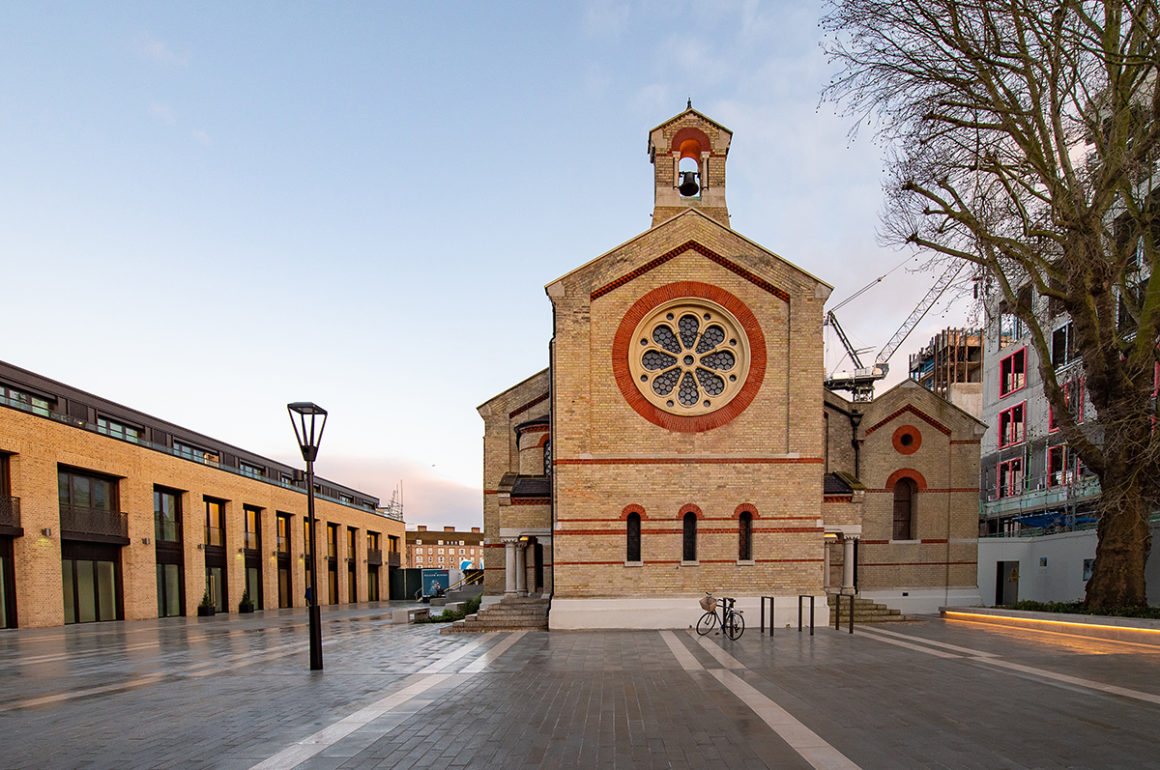
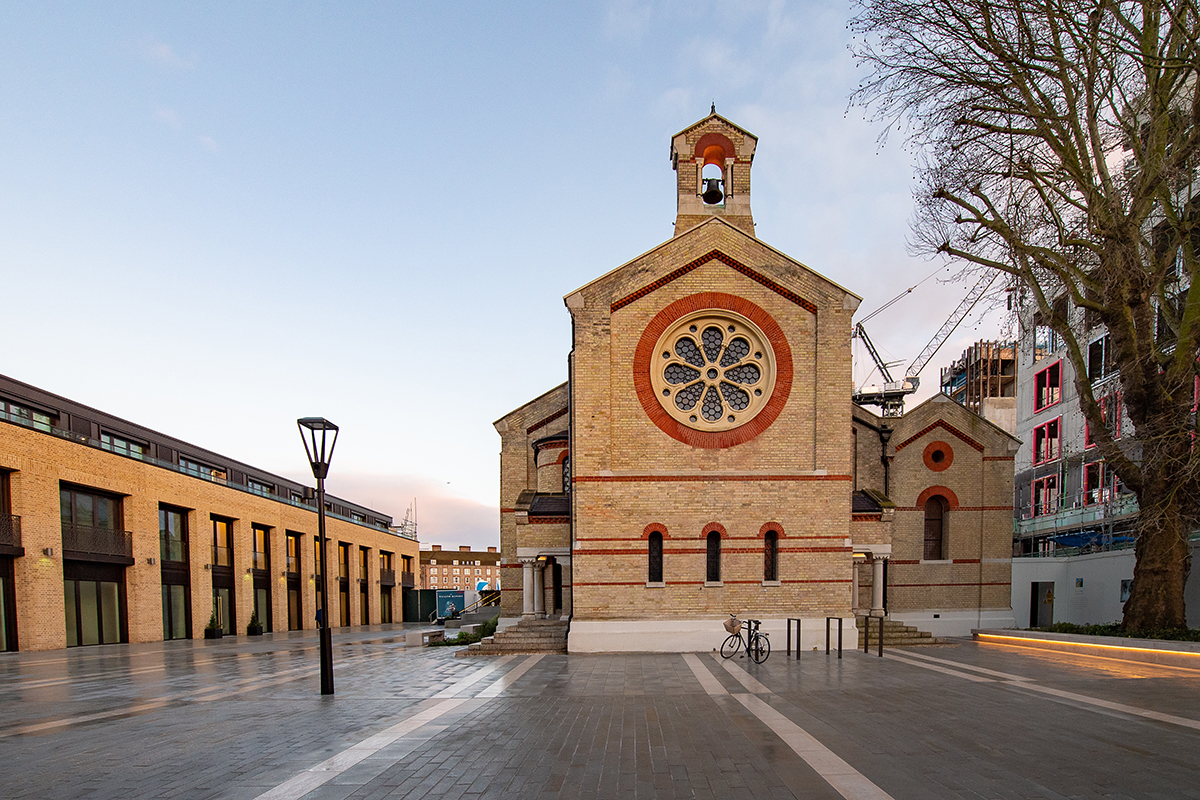
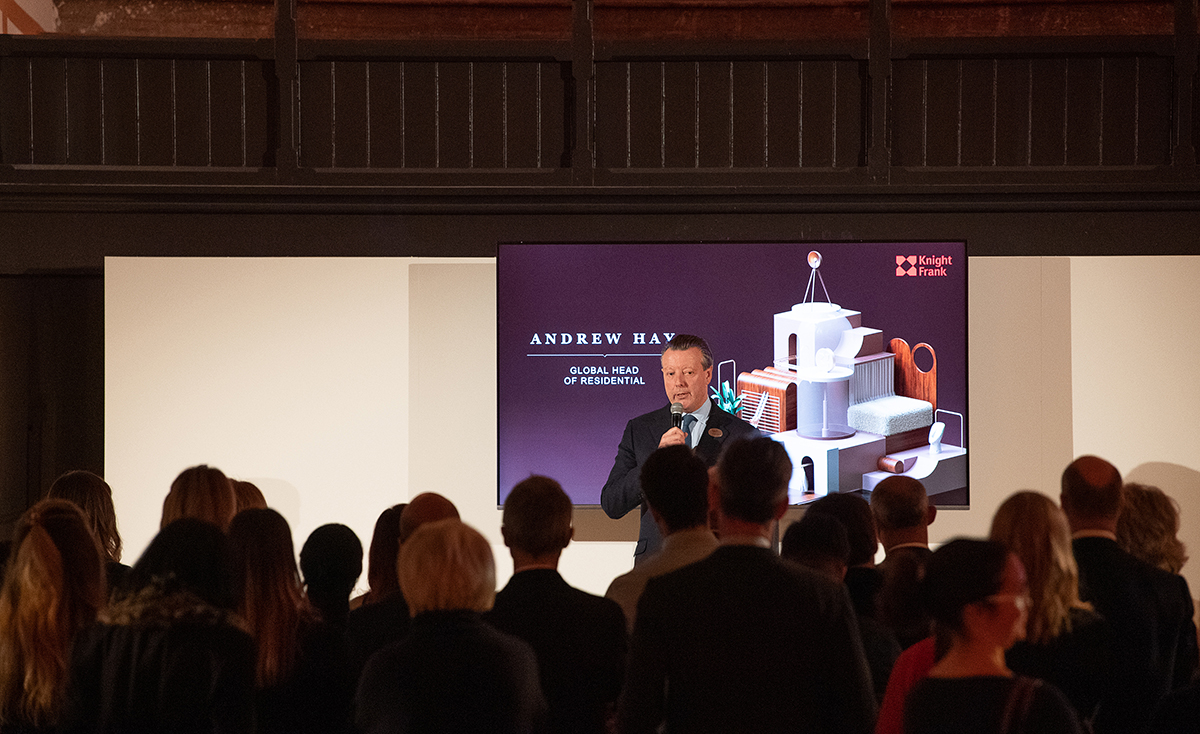
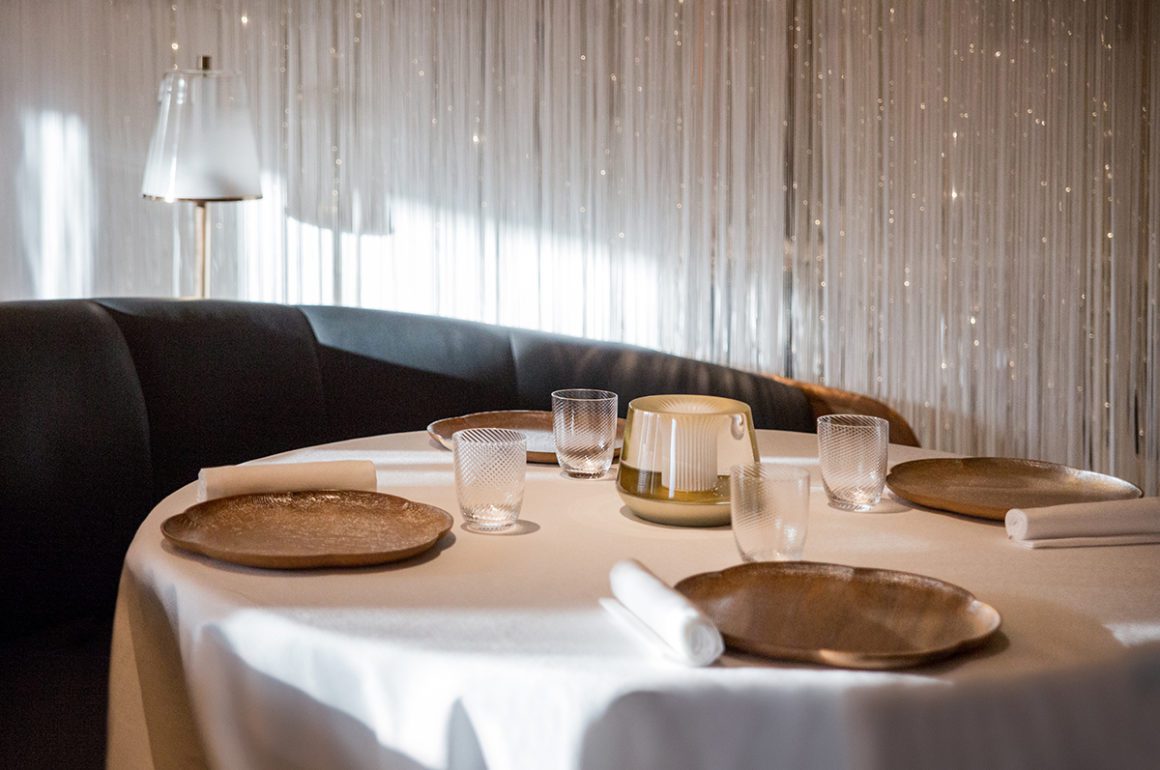
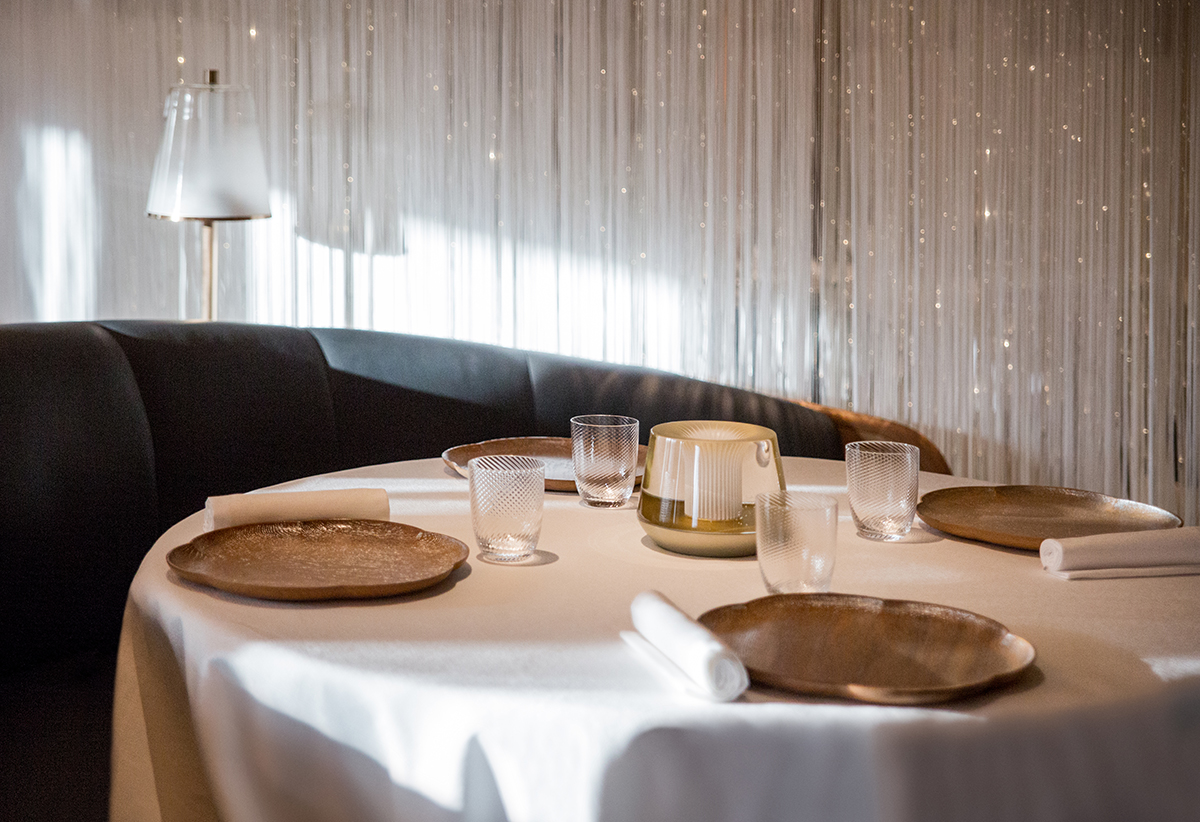
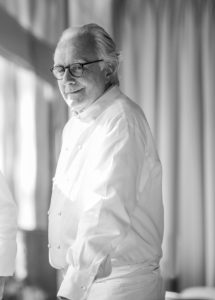
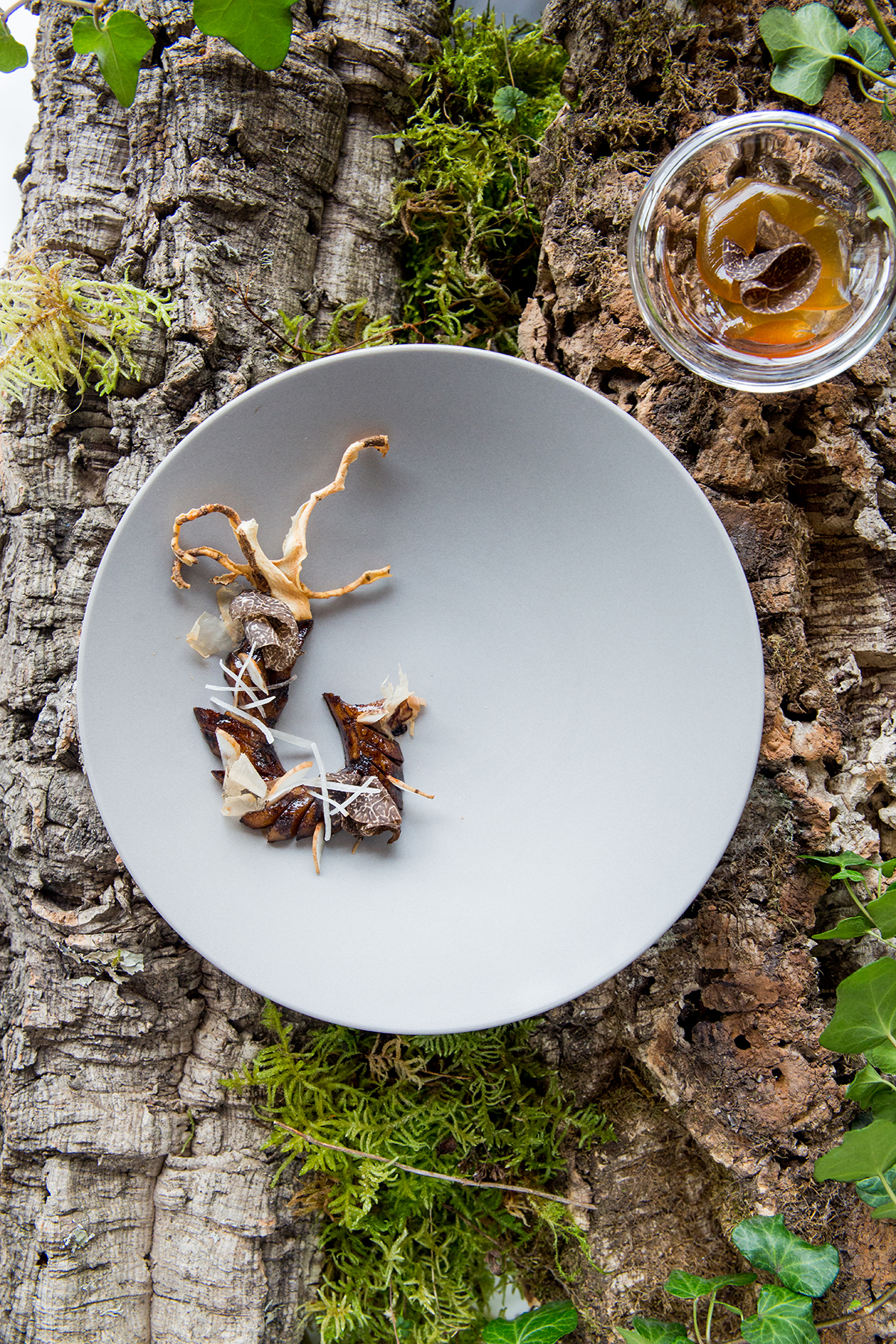
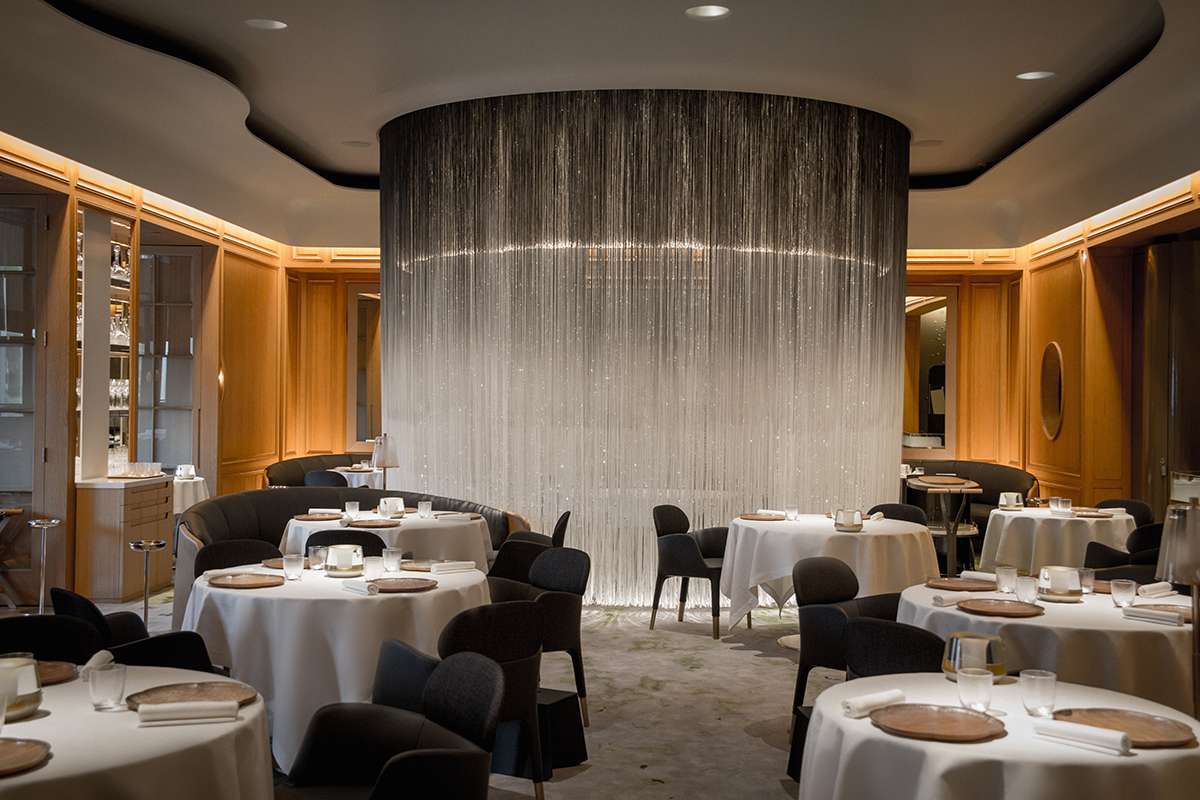
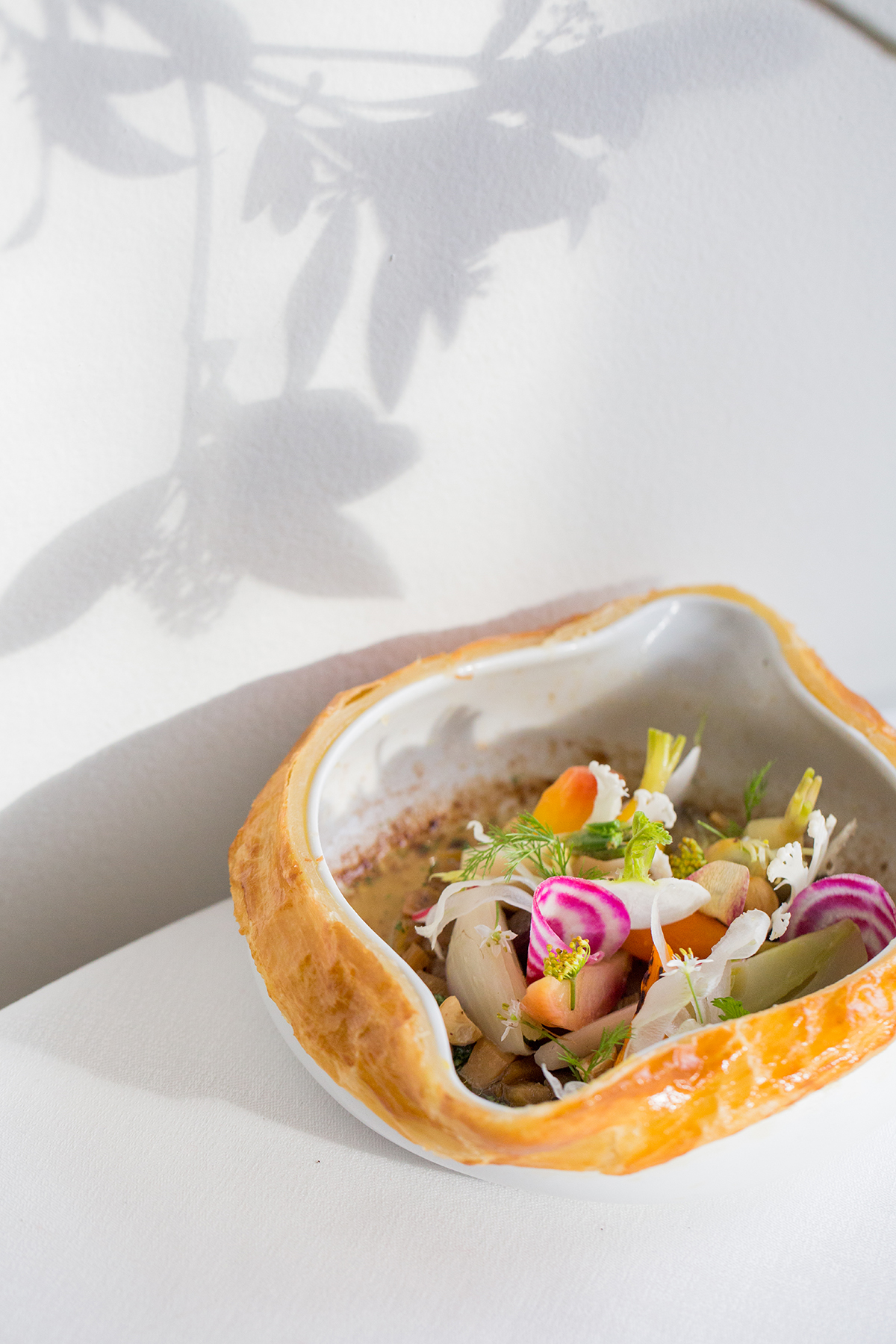
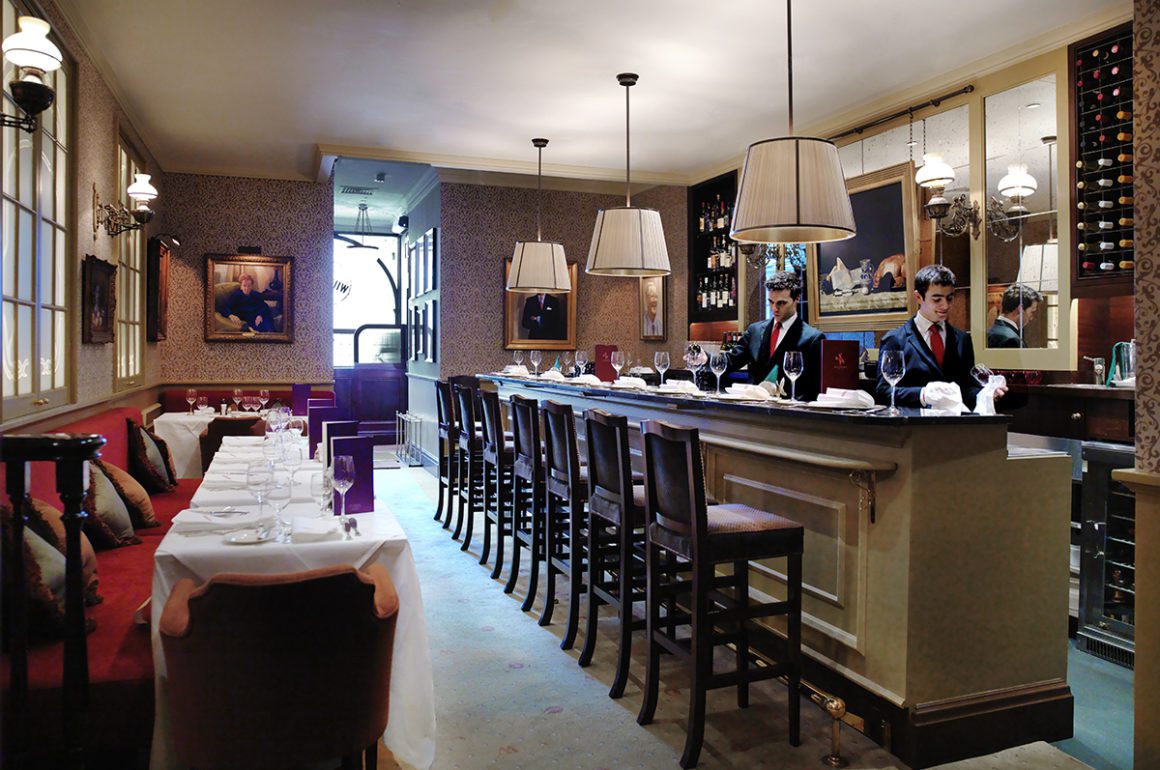
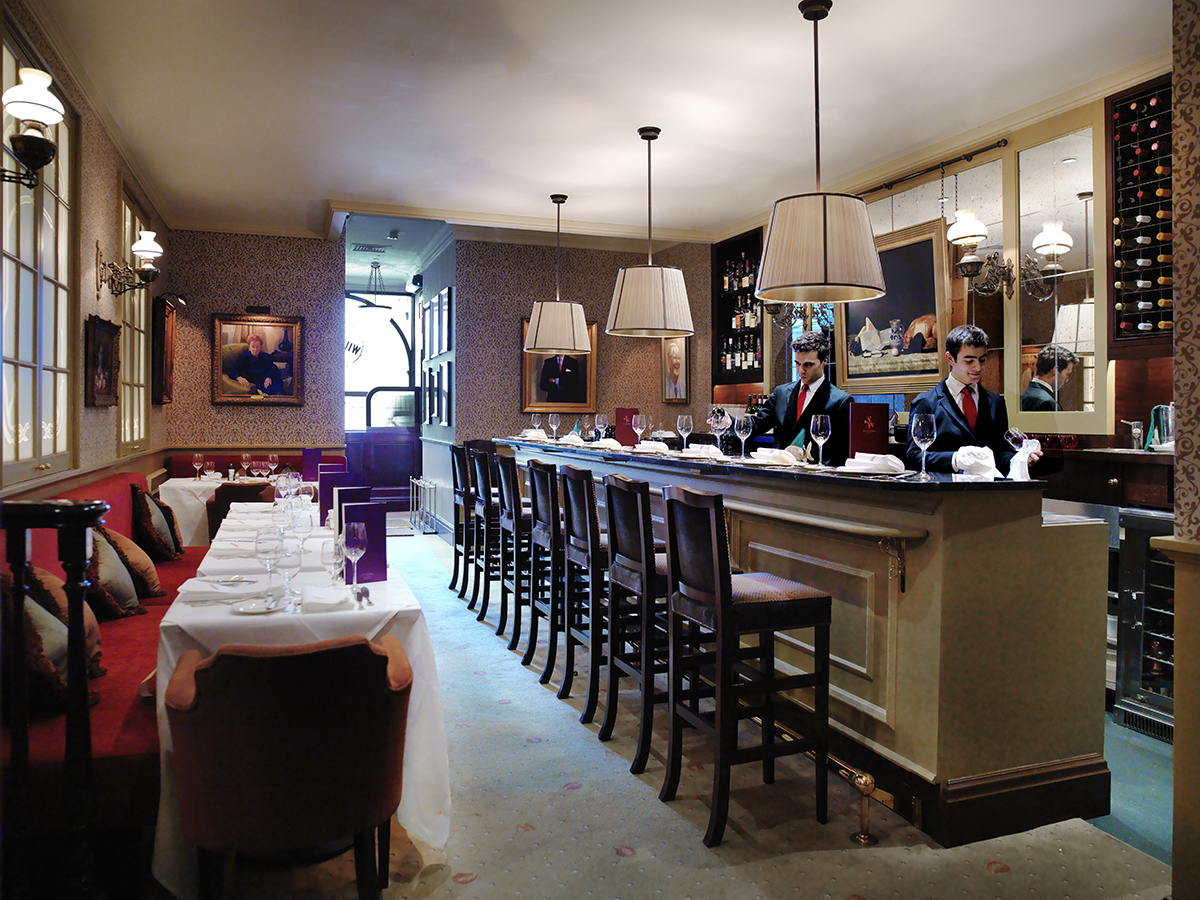
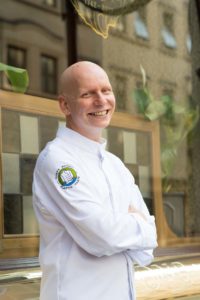
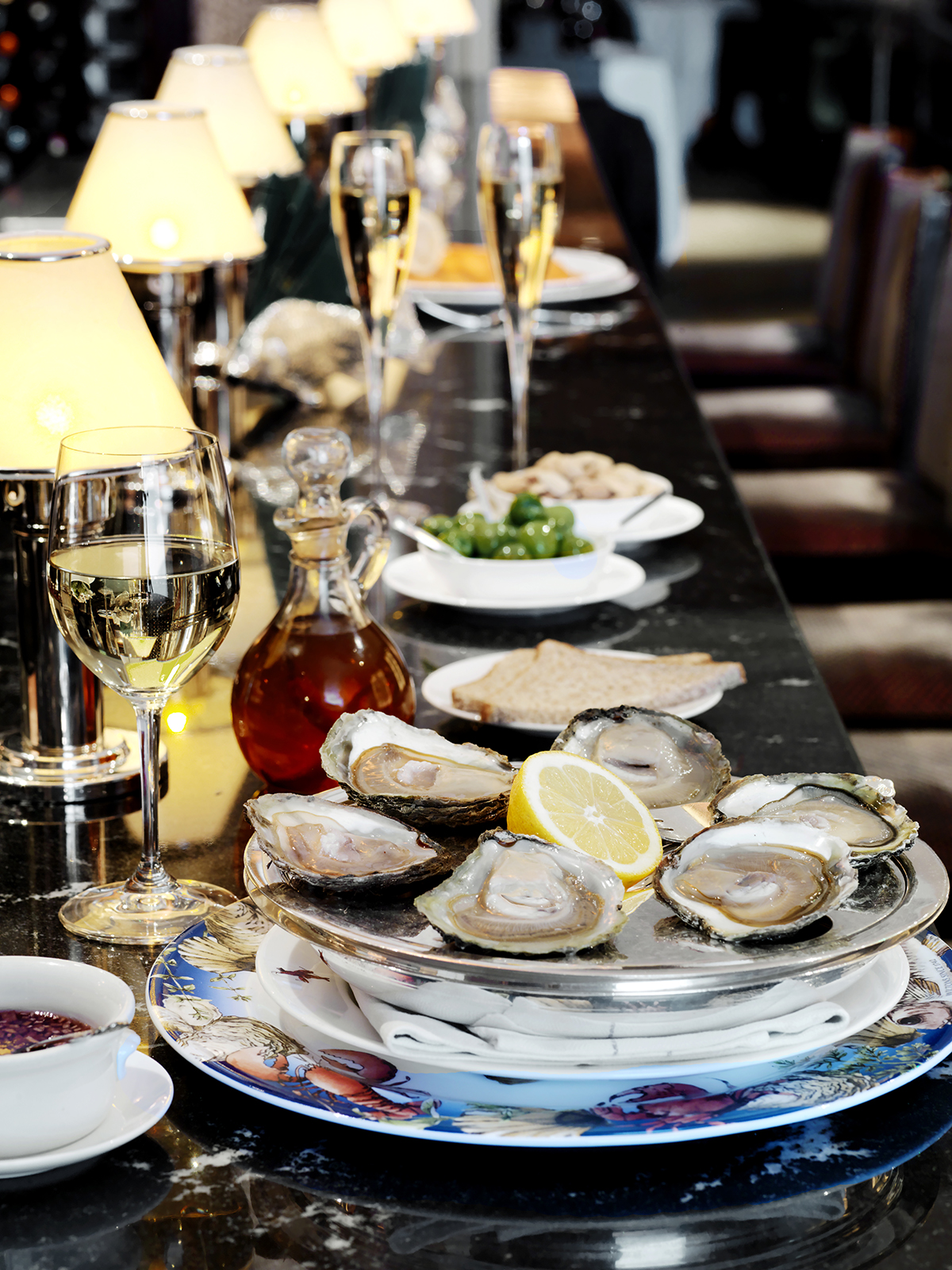
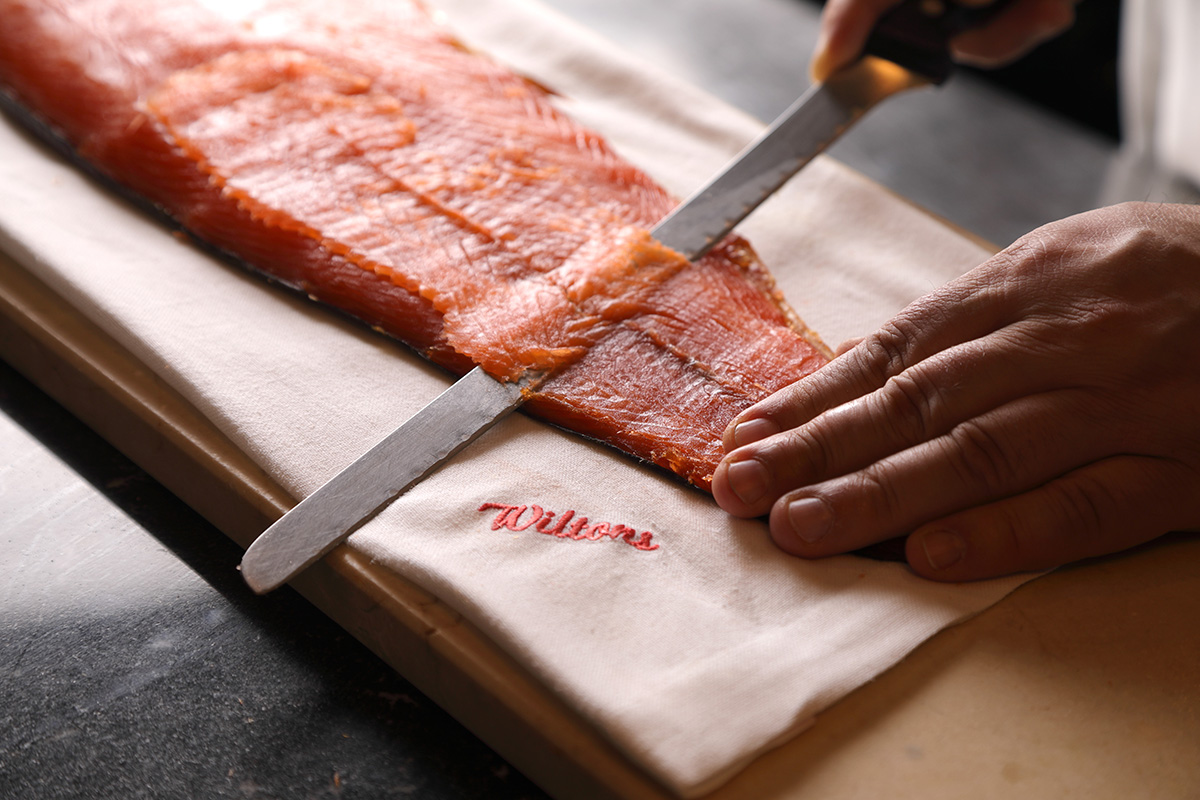
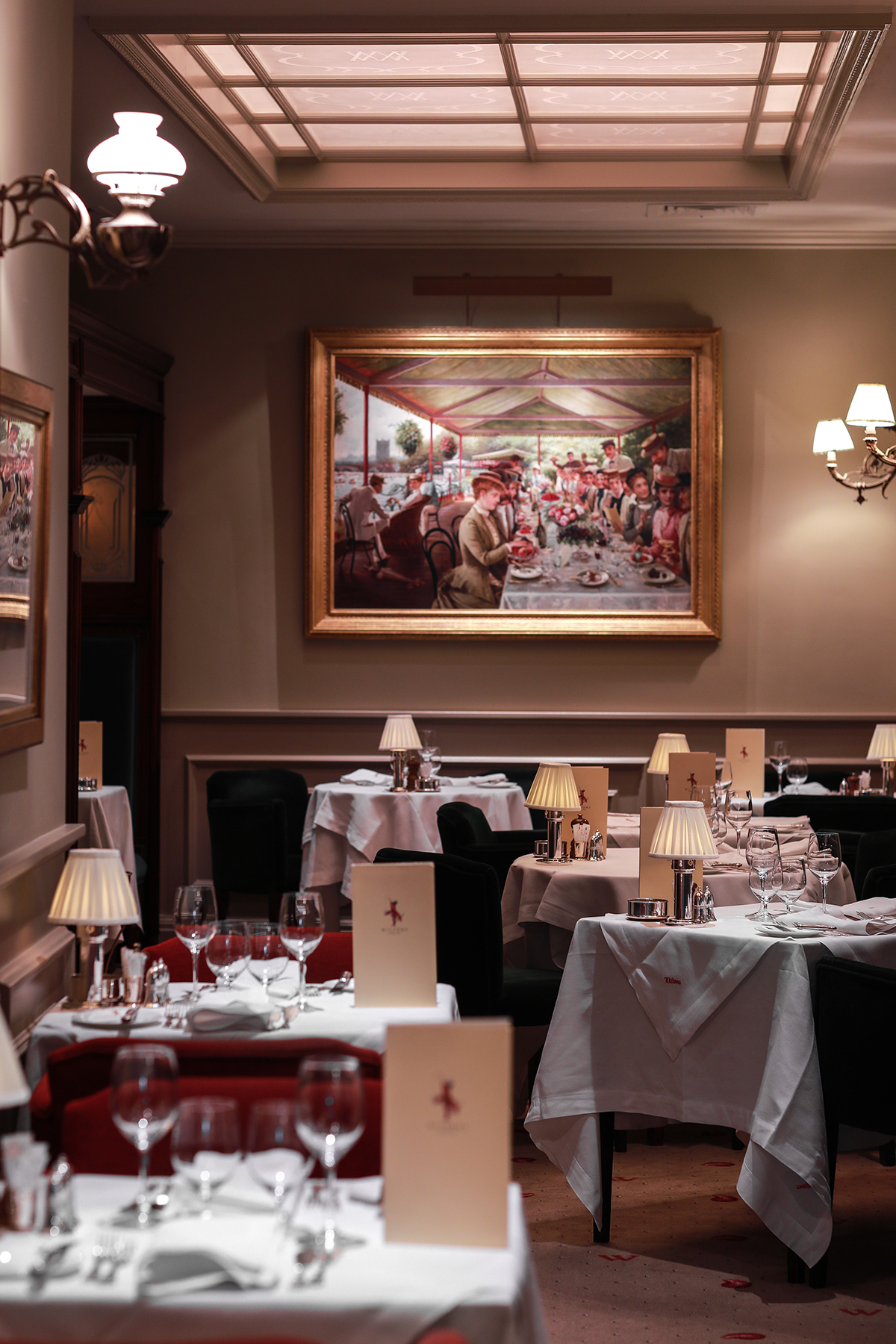





Recent Comments